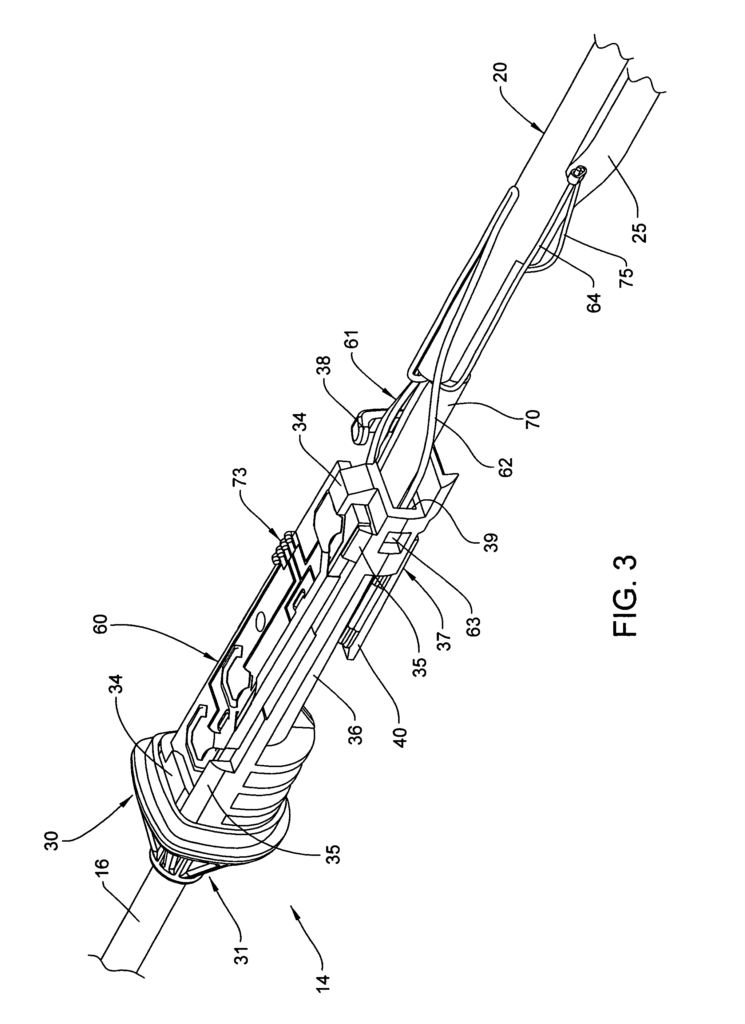Enhancing Surgical Precision with Advanced Electrosurgical Tools
Introduction
As surgical techniques continue to evolve, there is an increasing demand for tools that offer both precision and efficiency. Electrosurgery, a method that uses electrical energy to cut tissue, coagulate, or seal blood vessels, plays a critical role in numerous medical procedures. However, traditional electrosurgical tools often face limitations in terms of accuracy, safety, and ease of use, especially in complex or delicate surgeries. Our patented electrosurgical tool is engineered to overcome these challenges, offering surgeons superior control and precision during procedures.
Current Gaps in Surgical Tools
In many operating rooms, surgeons face difficulties when relying on conventional surgical tools that do not offer the fine control or adaptability needed for modern, minimally invasive procedures. Standard electrosurgical tools, while functional, can sometimes result in unintended tissue damage or suboptimal coagulation. These issues can prolong surgeries, increase the risk of complications, and lead to longer recovery times for patients.
This inefficiency creates a demand for tools that not only improve surgical accuracy but also minimize collateral tissue damage and reduce operating time, which ultimately leads to better patient outcomes and more efficient use of healthcare resources.
A Smarter, More Efficient Surgical Tool
Our patented electrosurgical tool is designed to address the limitations of traditional devices, providing surgeons with enhanced control over the cutting, coagulation, and manipulation of tissues. Built with advanced energy delivery systems, this tool ensures precision in tissue management, reducing the risk of unintended tissue damage while maintaining a high level of surgical efficiency.
The device’s ergonomic design enables surgeons to work comfortably for extended periods, while its versatile functionality makes it adaptable to a wide range of surgical procedures, from minimally invasive surgeries to complex operations. The tool also offers advanced safety features, minimizing the risk of burns or unintended tissue coagulation.
Key Advantages
- Improved Surgical Precision: Enhanced control over energy delivery ensures accurate cutting and coagulation, reducing the risk of errors and complications during surgery.
- Minimized Tissue Damage: The tool’s design minimizes unintended tissue damage, helping to reduce patient recovery times and improve overall outcomes.
- Versatility in Procedures: This electrosurgical tool is adaptable for a wide range of surgeries, making it an ideal addition to any operating room or surgical center.
- Surgeon Comfort and Efficiency: The ergonomic design and intuitive controls make the tool comfortable for extended use, helping surgeons work more efficiently and effectively.
Why This Tool is a Must-Have
Licensing this advanced electrosurgical tool will provide your healthcare facility or medical device company with a high-performance instrument that meets the needs of modern surgery. Offering both precision and safety, this tool ensures better patient outcomes, fewer complications, and more efficient surgeries—making it an indispensable asset for surgeons and healthcare providers alike.

- Abstract
- Claims
What is claimed is:
Share
Title
Electrosurgical tool
Inventor(s)
Steven C. Kramer, Andrew J. Hamel, Reid Cover
Assignee(s)
Stryker Corp
Patent #
8845576
Patent Date
September 30, 2014
